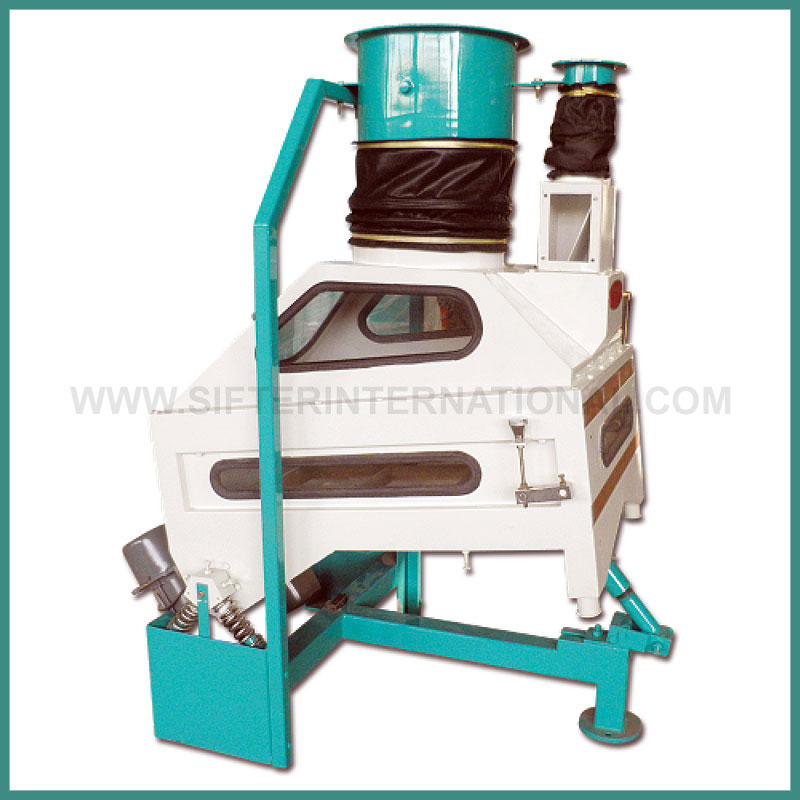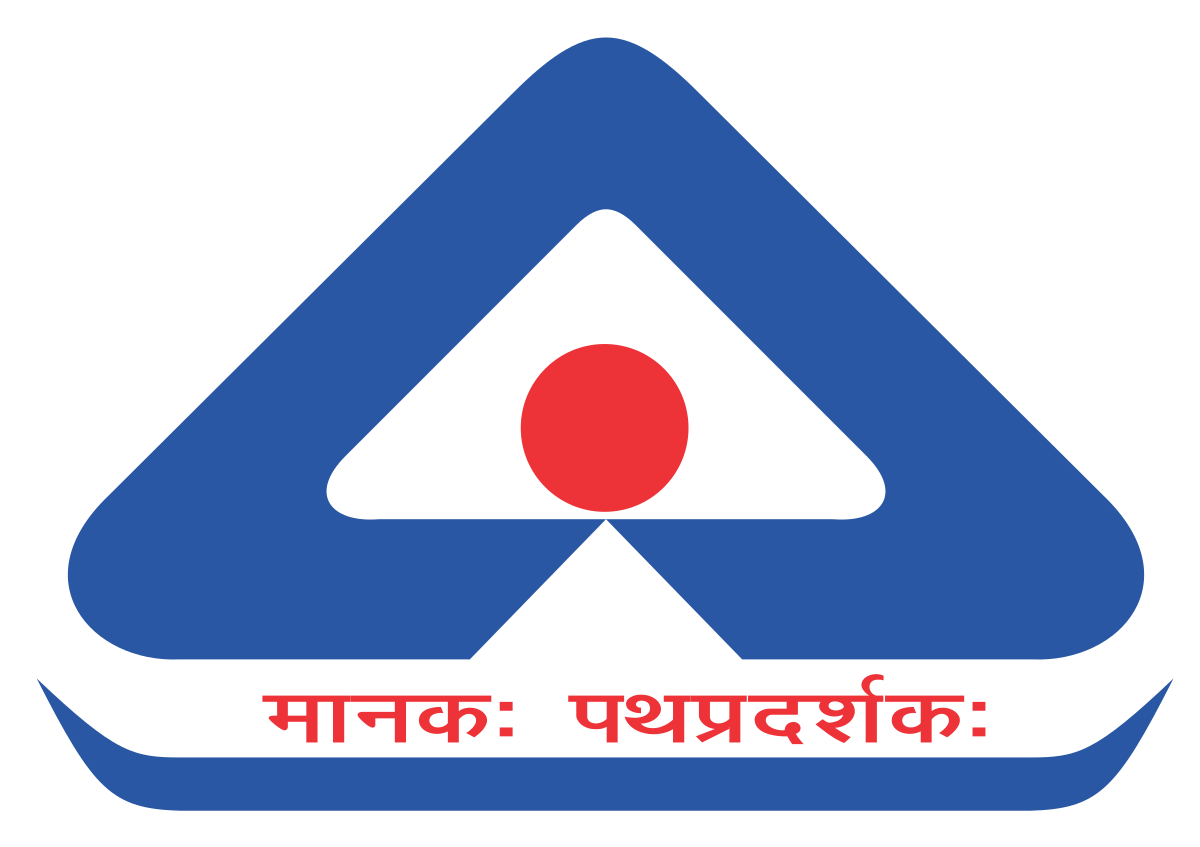
Cleaning & Seed Grading Machinery
- Drum Sieve
- Reel Machine
- Triple Deck tbl_serviceing
- Grain Pre Cleaning Machines
- Rotary Separator
- Gravity Selector Cum Destoner Machine Manufacturer
- Gravity Separator Machine
- Air Recycling System
- Horizontal Scourer
- Cockle Cylinder
- Aspiration Channel
- Intensive Dampener
- Rotary Magnetic Separator
- Online Magnetic Separator
- Grill Type Magnetic Separator
- Spiral Separator
- Positive Type Destoner
- Intensive Dampener
Wheat Flour Milling Machinery
Dal Milling Machinery
Maize Milling Machinery
Rice Milling Machinery
Material Handling Machine
Sieving / Sifter Section
Storage Silo Equipments
- Hopper Bottom Silo
- Flat Bottom Silo
- Automatic Weighing, Bagging, Packing & Stitching Machine
- Automatic Collar Type Auger Filling Pouch Packing Machine
- Automatic Collar Type Cup Filler Pouch Packing Machine
- Automatic Collar Type Multi-Head Pouch Packing Machine
- Automatic Multi Track Form Fill & Seal Machine
- Drum Sieve
- Rotary Separator
- Bucket Elevator Machine
Masala Grinder Machine Manufacturer, Spice & Besan Machinery
Guar Gum Processing Machinery
De-hulling of Seeds
Tomato Paste & Ketchup Plant
Tamarind Juice / Powder Plant
Soya Milk & Paneer Plant
Edible Oil Extraction
Dryers
Packaging Machine Manufacturer
Salt Plant
Cold Press Machines
Fortified Rice Extruder
Cattle Feed Plants
Grain Processing Division Plants
Gravity Selector Cum Destoner Machine Manufacturer

Removal of Heavy Foreign Contaminants in
a De-STONER Machine
In 2016, the United States Environmental
Protection Agency (EPA) determined that some U.S. water systems needed help
removing heavy foreign contaminants such as stones or metal from their source.
One of the ways to remove these contaminants is through a Sifter machine which
allows for easy removal of big pieces of these materials from a river or other
sources. Discover more about the benefits and process of Destoner Machine and
how it can help decrease the number of foreign materials in our water supply.
What is a Destoner Machine?
De-stoners are machines that remove heavy
foreign contaminants from a given substance. These contaminants could be
harmful elements such as chemicals, salts, and metals. Using pressure and
special technology, de-stoners can also remove other unwanted substances such
as colouring agents and inks from raw materials.
How to use and maintain?
A Destoner machine is used for
removing heavy foreign contaminants and particles from a water source. The
machine filters out the heavy particles with a de-stoning filter which removes
sediment, sand, dirt and other large objects from a water source. It then takes
the filtered water and runs it through a carbon media filter to remove
bacteria, viruses, and other harmful organisms before running it through
another de-stoning filter. Not only does this process help purify water by
removing as many contaminants as possible, but it also makes the water easier
to drink because it is less likely to have any residual chemicals in it.
Types of Destoners in the market and
their key differences
There are four main types of De-stoners:
Chemical, Ultrasonic, Plasma and Cryogenic. This article will discuss how each
type works and which is most suitable for your needs.
Maintenance
The different stages of the multi grain Destoner machine are all designed to remove the heavy foreign contaminants present
in many waste materials. The first stage removes the large particles from the
waste material like plastic and metal, while the second stage removes any
remaining metals that would be toxic for people if released as dust. The final
stage is a high-velocity bellow that uses air pressure to separate large pieces
of heavy foreign contaminants from anything that remains after the previous two
stages remove them.
Sifter International is the Best
Destoner Machine Manufacturer.
Sifter's machines are best in the market to
remove heavy foreign contaminants such as sand, rocks and more. We are a
reliable Destoner Machine Manufacturer that can handle any task. One of
the greatest challenges in de-stoning is to remove the heavy foreign
contaminants that are not easily removed using a conventional machine. Sifter
International's De-stoner machines have an aggressive and efficient cleaning
mechanism for such contaminants. Furthermore, these machines are also equipped
with an automatic air filter to ensure that the operator inhales no dust or
residual material.
| DIMENTION(L*W*H) | MOTOR | WEIGHT | CAPACITY | SIEVE DIMENSION |
|---|---|---|---|---|
| 1530*980*1900 mm | 0.37x2 KW | 300 | 8TPH | 800x1000 (LxW) mm |
| 1575*1180*2065 mm | 0.37x2 KW | 400 | 12TPH | 1000x1200 (LxW) mm |
De-stoner machine is used for removal of heavy foreign contaminants like stones, metal or glass pieces, mud balls etc. from grains and seeds of all crops. Industrial Gravity Selector cum De-Stoner Machine works on the principle of vacuum negative pressure. It also separates the light weight particles and impurities if any by air suction. Machine also classifies the material and it is suitable for all types of grains like wheat, rice, sesame seed, barley, maize etc. It can also be used for nuts.
Removal of Heavy Foreign Contaminants in a De-STONER Machine
In 2016, the United
States Environmental Protection Agency (EPA) determined that some U.S. water
systems needed help removing heavy foreign contaminants such as stones or metal
from their source. One of the ways to remove these contaminants is through a Sifter
machine which allows for easy removal of big pieces of these materials from a
river or other sources. Discover more about the benefits and process of the Destoner
Machine and how it can help decrease the number of foreign materials in our
water supply.
What is a De-stoner
Machine?
De-stoners are machines
that remove heavy foreign contaminants from a given substance. These
contaminants could be harmful elements such as chemicals, salts, and metals.
Using pressure and special technology, de-stoners can also remove other
unwanted substances such as colouring agents and inks from raw materials.
How to use and maintain?
A Destoner machine is used for removing heavy foreign contaminants and particles from a water source. The machine filters out the heavy particles with a de-stoning filter which removes sediment, sand, dirt and other large objects from a water source. It then takes the filtered water and runs it through a carbon media filter to remove bacteria, viruses, and other harmful organisms before running it through another de-stoning filter. Not only does this process help purify water by removing as many contaminants as possible, but it also makes the water easier to drink because it is less likely to have any residual chemicals in it.
Types of Destoners in the market and their key differences
There are four main types
of De-stoners: Chemical, Ultrasonic, Plasma and Cryogenic. This article will
discuss how each type works and which is most suitable for your needs.
Maintenance
The different stages of the Destoner machine are all designed to remove the heavy foreign contaminants present in many waste materials. The first stage removes the large particles from the waste material like plastic and metal, while the second stage removes any remaining metals that would be toxic for people if released as dust. The final stage is a high-velocity bellow that uses air pressure to separate large pieces of heavy foreign contaminants from anything that remains after the previous two stages remove them.
Sifter International is the best Multi Grain De-stoner Machine Manufacturer.
Sifter's machines are
best in the market to remove heavy foreign contaminants such as sand, rocks and
more. We are a reliable De-stoner Machine Manufacturer that can handle
any task. One of the greatest challenges in de-stoning is to remove the heavy
foreign contaminants that are not easily removed using a conventional machine.
Sifter International's De-stoner machines have an aggressive and efficient
cleaning mechanism for such contaminants. Furthermore, these machines are also
equipped with an automatic air filter to ensure that the operator inhales no
dust or residual material.
-
Oscillating housing with exhaust hood and acrylic view-ports.
-
Fluidized deck with self tbl_serviceing system.
-
Deck inclination adjustment with inbuilt jack.
-
Valve for suction adjustment.
Industrial Area Haryana 121006 (INDIA)











